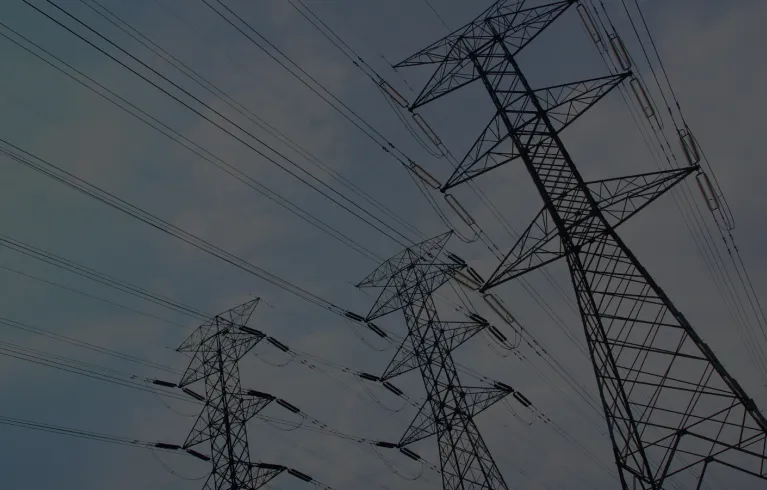
Key information
Publication type: Current investigation
Publication status: Adopted
Publication date:
Contents
Introduction
The London Assembly Planning and Regeneration Committee is investigating London’s energy infrastructure and how current constraints on it will impact industrial and housebuilding goals.
Investigation aims and objectives (Terms of Reference)
This investigation will consider the current constraints on London’s energy infrastructure and how this will impact industrial and housebuilding goals. It will examine:
- The impact that energy constraints are having on the development of London, given the constraints already seen in West London.
- The steps that have been taken to resolve these issues, and what more can be done.
- The Mayor’s housebuilding and economic aspirations in London and how this can be squared with energy constraints.
- What policies the next London Plan should include to resolve existing energy issues and to futureproof the grid.
- To understand how planners can better respond to capacity constraints.
Key issues
- Since 2022, the West London boroughs of Ealing, Hillingdon, and Hounslow have faced severe energy constraints, largely due to energy-hungry data centres along the M4 corridor.
- With energy connections allocated on a first-come, first-served basis, major developments have been delayed, slowing housing construction and business growth.
- The GLA is working with partners to push regulatory changes, manage demand, and reinforce the grid, with upgrades expected by 2037.
- The London Growth Plan and Towards a new London Plan consultation put housing and data centres at the core of London’s growth. The city needs 880,000 new homes in the next decade, alongside more industrial land and data centres.
- There are concerns the grid can’t support these goals, as West London’s system is already strained. In written evidence to the House of Lords’ Industry and Regulators Committee, West London Alliance (WLA) said: "Urgent, targeted investment in transmission and distribution capacity – including looking at options outside the regulator-driven planning and funding cycle – is now critical."
Key questions
- How successful has the GLA been in resolving the existing energy capacity constraints in West London and unblocking development, and what needs to happen next?
- Which developments are still blocked in West London due to energy capacity issues?
- What are the risks of more blocked developments in London owing to energy capacity constraints?
- Are energy infrastructure plans sufficient to meet the ambition to deliver 88,000 homes annually in London?
- How can the next London Plan ensure a more strategic approach to major energy users and grid reinforcement?
- How can the London Plan improve the resilience of London’s energy capacity?
Call for Evidence
The Committee issued a call for evidence to support its investigation.
Responses to the call for evidence can be read by clicking the button below.